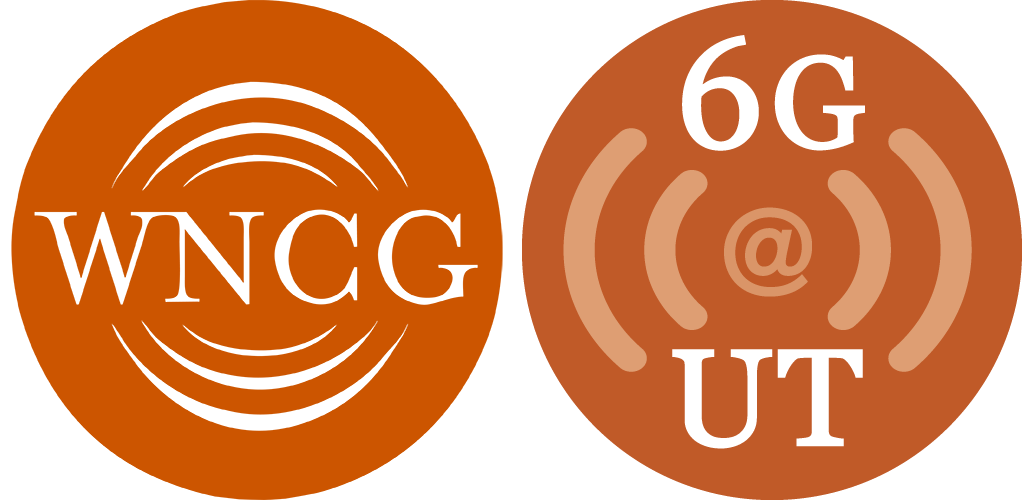WNCG has considerable expertise in art of advanced radio design. Often referred to as 'The Physical Layer', these digital communication techniques now in many cases span from the very front end of the radio into the software domain, and form the fundamental building blocks of state-of-the-art wireless systems. Antennas and Propagation A solid understanding of radio wave propagation is critical for proper design and analysis of any new wireless technology. WNCG has conducted RF propagation experiments for a broad range of environments and technologies, at carrier frequencies from 100 MHz to 67 GHz. WNCG researchers have pioneered techniques that measure the propagation effects for in-building, campus, and macrocellular environments, with measured bandwidths ranging up to several GHz. A state-of-the-art RF lab allows for the design and test of antennas and propagation models using finite element field solvers, ray tracers, and RF channel sounders that extend from 10MHz to 67 GHz. (Heath, Rappaport) Multiple Antenna Transmitters and Receivers (MIMO) Multiple antenna communication embraces diverse areas including space-time coding, spatial multiplexing, and beamforming. WNCG's expertise in MIMO is broad and deep: collectively we have made numerous contributions to the theory and design of MIMO systems. (Andrews, Evans, Heath, Rappaport, Vishwanath) Code Division Multiple Access (CDMA) CDMA continues to be the central technology for cellular voice systems and 3G cellular networks. Our faculty have extensive research and design experience with CDMA technology spanning well over a decade. (Andrews, Heath, Rappaport) Orthogonal Frequency Division Multiplexing and Multiple Access (OFDM/OFDMA) OFDM and its multiuser variant, OFDMA, have emerged as the dominant modulation platform for IP-based wireless networks due to its strong multipath resiliency and spectral efficiency in broadband channels. Our faculty have made contributions to OFDM equalization, synchronization, and adaptation, and have expertise in MIMO-OFDM, MC-CDMA, Peak-to-average-ratio reduction, OFDMA, and its application to standards such as 802.11, WiMAX, and 3GPP LTE. (Andrews, Evans, Heath, Powers, Rappaport) Interference Cancellation Interference cancellation can broadly be interpreted to mean any post-detection processing to remove degradations due to extraneous signals. In particular we have expertise in the cancellation of inter-symbol interference, multiuser interference, and spatial interference. (Andrews, Evans, Heath, Powers, Rappaport) Adaptive Modulation Adaptive Modulation refers to making channel-aware decisions about the modulation type and code rate, with the purpose of achieving high data rates. Our faculty have made several contributions in both theory and practical adaptive modulation algorithms for single carrier, OFDM, ad MIMO communication systems. (Andrews, de Veciana, Heath, Nettles, Vishwanath) Waveform Design for Emerging Applications Several emerging applications, like broadband multimedia distribution in the millimeter wave bands, require rethinking modulation techniques with consideration for circuit impairments like nonlinearities and phase noise. WNCG faculty are investigating new waveform methods for millimeter and wideband communication, which allow low complexity equalization. (Heath, Ragan, Rappaport) Channel State Quantization Limited Feedback Wireless communication systems can transmit higher data rates when informed about the current channel state at the transmitter. WNCG faculty have made several fundamental contributions to the area of limited feedback, where quantized information is sent from the receiver to the transmitter, including practical algorithms for standards like IEEE 802.16e. (Heath)

